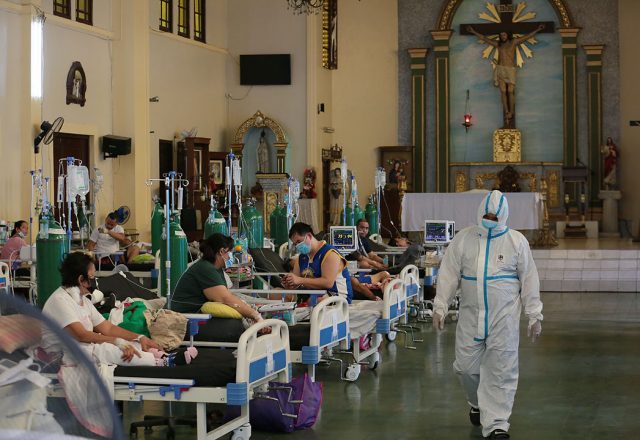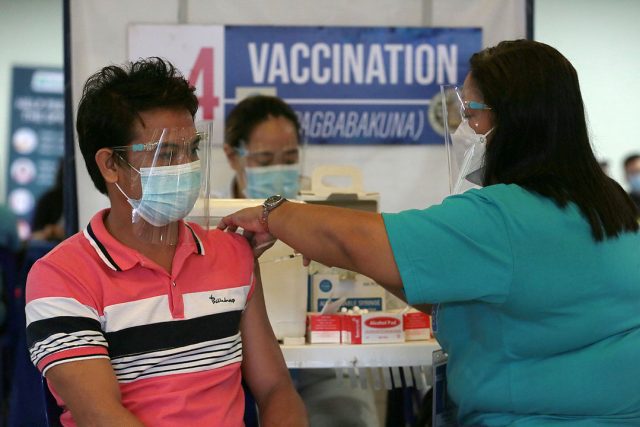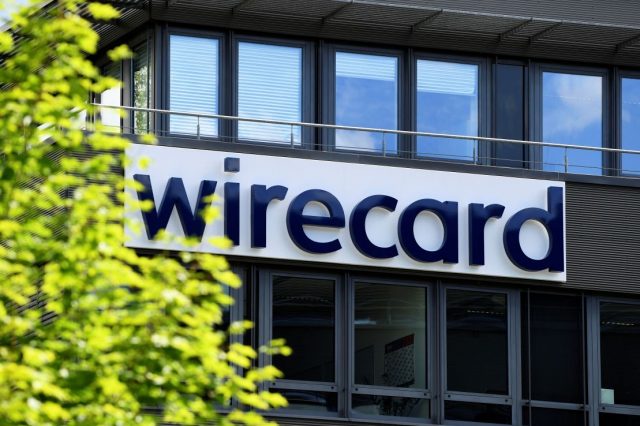There is a higher cause
At this point, with a pandemic challenge that has not relented, and its economic fallout proving more intractable, as a people, we have all the reasons to remain hopeful, not to give up and surrender.
Yes, affliction is almost everywhere. We have nearly two million COVID-19 cases with more than 33,000 deaths and both numbers continue to rise sharply. Health prospects are bleak in view of the recent confirmation by the World Health Organization that Delta is now the dominant variant spreading sickness and death in the Philippines. Data from the Philippine Genome Center indicate that more than 70% of COVID-19 cases could be traced to this more transmissible version.
No less than the Department of Health (DoH) warned that more cases are expected and could peak by mid-September. The OCTA Research Group is more specific by projecting a daily incidence of as many as 25,000 within this week or early next week.
The economic analogue is no less foreboding. Our failure last year to immediately restrict international mobility into the Philippines; strengthen testing, tracing, and treating capability; effect the early procurement of vaccines; and provide sufficient benefits and protection to our medical workers — forced us to rely on the more generalized lockdowns and in the process caused the deepest economic recession and the largest unemployment situation in post-war history. As laggards in vaccine rollout, we further gave more space and time for the virus to mutate into more potent and many times more contagious strains.
We have inflicted upon ourselves the deepest of economic scars that many believe would prevent us from quickly regaining our pre-pandemic expansion levels. The IMF, in its latest assessment of the Philippines, expects us to be back to the average output growth before COVID-19 in three to five years. Not this year, not next year.
To brave the strong waves and bring ourselves to safe harbor, it is important we stay the democratic course. Good governance is something we badly need today. Our civil society can very well speak with one voice and support the Commission on Audit (CoA) to pursue to their logical conclusion its reports on the DoH, PhilHealth, the Department of Labor and Employment, the Department of Transportation, the Philippine International Trading Corporation, and other public agencies concerning their possible misuse of public funds in responding to COVID-19. CoA’s constitutional mandate has been given primarily for the purpose of ensuring that government’s delivery of public services is aboveboard and consistent with the tenets of accountability and good governance. Transparency will help bring it about.
What should resonate with us is Senator Bong Go’s taunt of Senate Blue Ribbon Committee Chairman Senator Dick Gordon: “ikulong ang dapat ikulong” (jail those who should be jailed). It will be interesting to see how the Senate would respond. We expect no less than a spirited pursuit of truth in its investigation of the billions spent on contracts involving alleged overpricing and delivery of substandard merchandise. The Senate is looking into the possible collusion between the Procurement Service — Department of Budget and Management and the DoH that allegedly gave undue advantage to certain private companies of questionable provenance. With the P50 million threshold under the law, and the transactions in question amounting to billions of pesos, if proven true, this should warrant the filing of charges not only for graft and corruption, but also for plunder, in the Sandiganbayan and other appropriate courts of justice.
No less than reclusion perpetua (life in prison) awaits those who should be imprisoned.
The senators of the Republic are being watched by the nation that has seen and heard these incredible stories endlessly, involving high officials of the land. Will the unfolding narrative be another multigenerational saga? If he were alive today, and was a Filipino, author Gabriel Garcia Marquez would have volumes of material to chronicle Filipino families in One Hundred Years of Solitude and create a narrative of a people entrapped in their own idea of existence as if there are no alternative possibilities.
We should demonstrate our capacity to pursue change. Congress, for its part, should prove that the culture of impunity continues to thrive in the Philippines and work hard to stop it today in our generation.
We can only be perplexed as to why the President could not display his leadership by allowing his cabinet officials to defend themselves and cooperate fully with both the CoA and the Senate to establish the truth. We thought he had burned his ships to devote his 100% attention to handling this pandemic challenge and its concomitant economic harm? After all, the CoA is yet to finalize its audits while the Senate hearings remain in progress. More and more cans of worms are being opened, more and more people are being summoned to help the Senate piece together events, and people, and documents to establish whether the pandemic funds were spent in accordance with the law. It is clear many dots have to be connected.
Meanwhile, the ship of state seems to be going nowhere. We continue to sink in debt. The broadsheets reported that “the country’s outstanding debt swelled to a new record high of P11.61 trillion in end-July as the government stepped up its borrowing spree to finance pandemic response.” Yet fiscal mitigants are also getting thinner. The Department of Finance announced this week that the National Government is running out of good chunky assets to sell to help fund the growing fiscal deficit. With recession and joblessness, it is not surprising that 60% of Filipinos “said their income fell this year as the pandemic drags on and continues to impact the most vulnerable sector of society.” This is based on the results of the third phase of the COVID-19 Pulse PH survey conducted by the United Nations Development Program (UNDP) Philippines and Zero Extreme Poverty 2030.
We have not seen the worst. Consumer prices are acting up again. The Central Bank the other day announced its forecast of inflation at between 4.1%-4.9% for August, above the official 2%-4% target. This uptick may be due to more expensive food products and LPG. Electricity rates also rose during the month. With fewer goods that Filipinos can buy for every peso of income, the UNDP’s finding gains more credence.
It is therefore a tall order to challenge the analysis of the Asian Development Bank (ADB) that “economic recovery for the Philippines will continue to be tough, with its return to pre-crisis levels seen only by late 2023,” a view that is broadly consistent with the IMF’s. As ADB’s Country Director Kelly Bird put it: “It is going to be a long road to recovery. Recovery is in place, but it is still fragile.”
While we agree that the fiscal response has been generally moving in the right direction, the fiscal space could be frittered away by malfeasance of giant proportions.
But not all is lost.
There are several routes available to us in this difficult journey. The May 2022 national election is a great opportunity to effect change. To uphold transparency, accountability, and good governance, we should impress upon our Congress that we are watching, and watching closely. Our courts of justice should also be prepared to do their job: “ikulong ang dapat ikulong!”
If David’s cause in 1 Samuel 17 was to take the reproach away from Israel for allowing Goliath to defy God’s army, today’s cause is to champion truth, righteousness, and justice in government administration.
As Paul would have encouraged us, we might have been afflicted but we should not be crushed; we might have been perplexed, but we should not despair. Time to move with our hearts and minds against the headwinds.
There is a higher cause.
Diwa C. Guinigundo is the former Deputy Governor for the Monetary and Economics Sector, the Bangko Sentral ng Pilipinas (BSP). He served the BSP for 41 years. In 2001-2003, he was Alternate Executive Director at the International Monetary Fund in Washington, DC. He is the senior pastor of the Fullness of Christ International Ministries in Mandaluyong.












